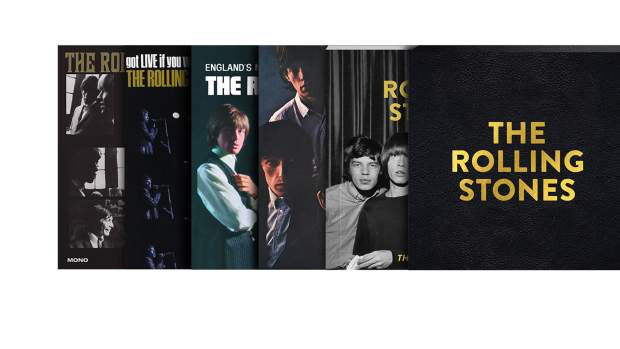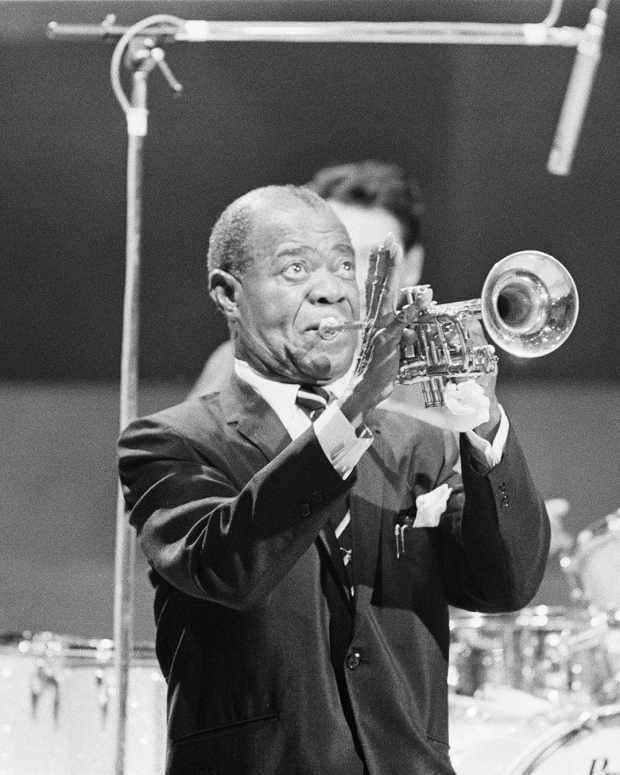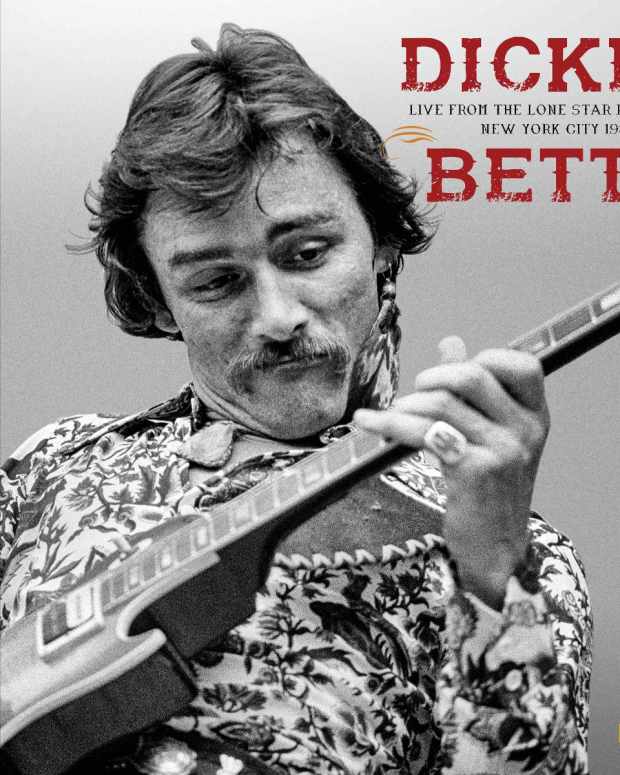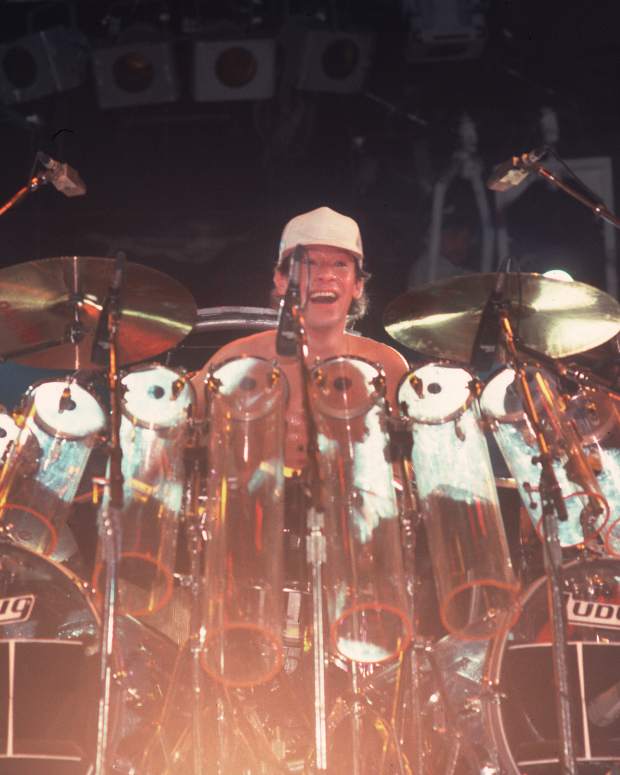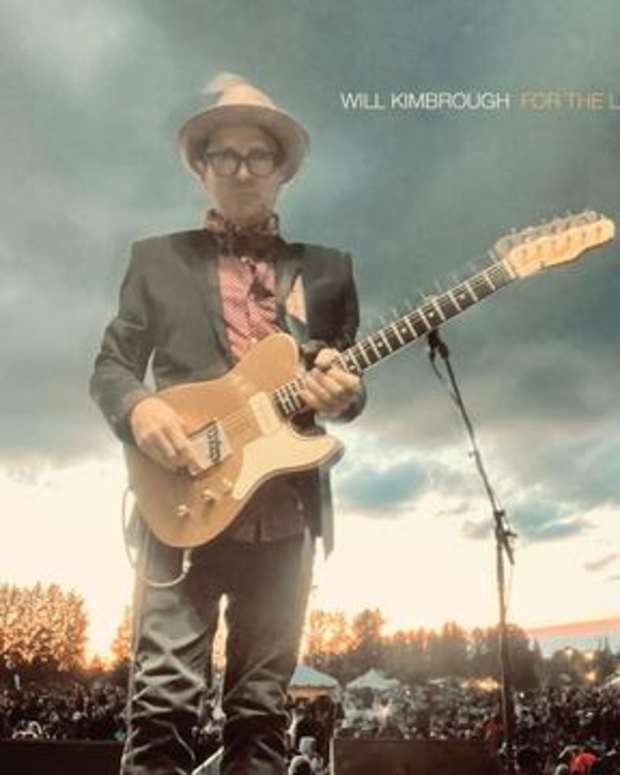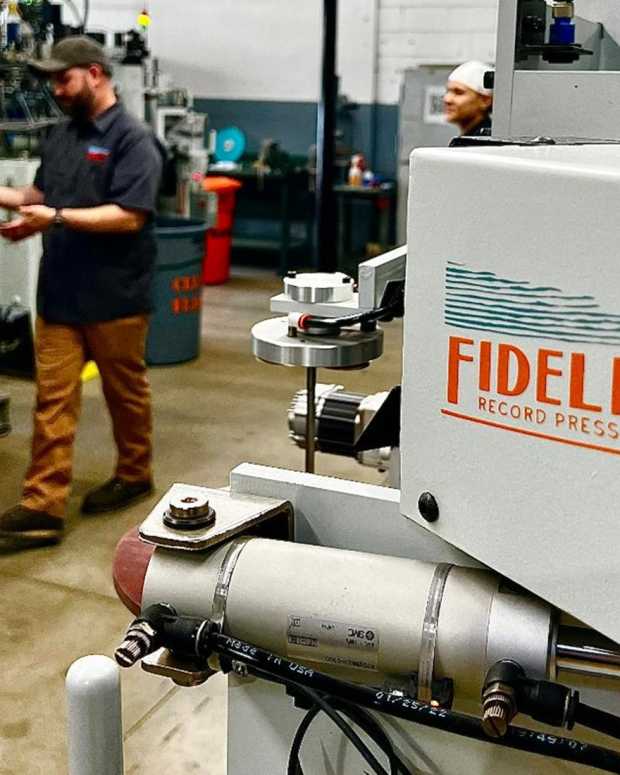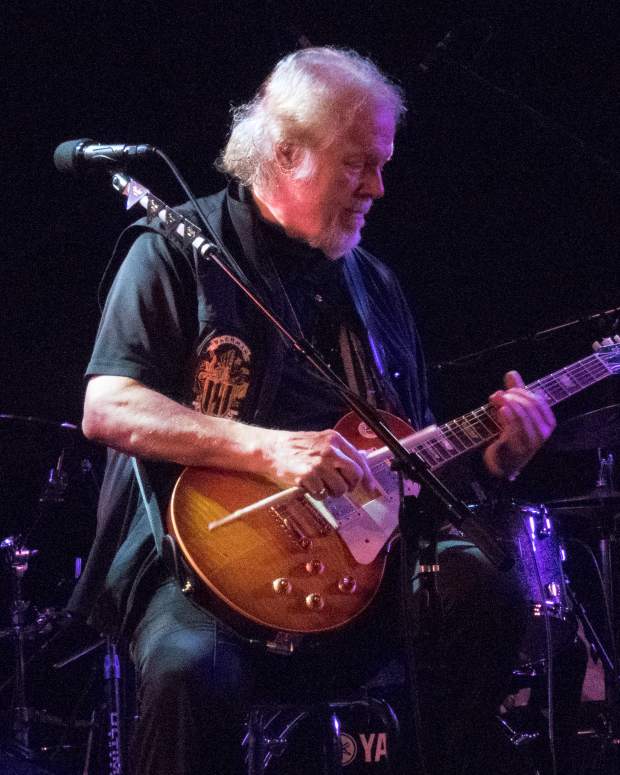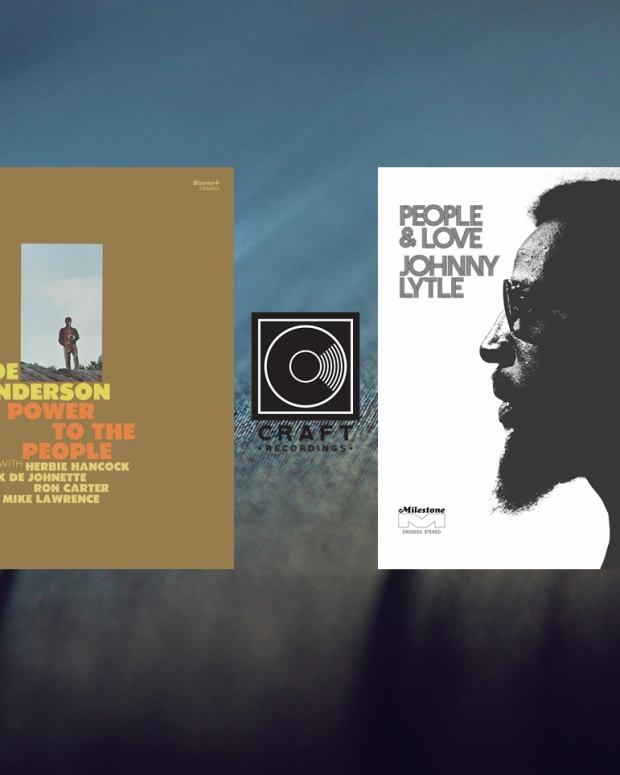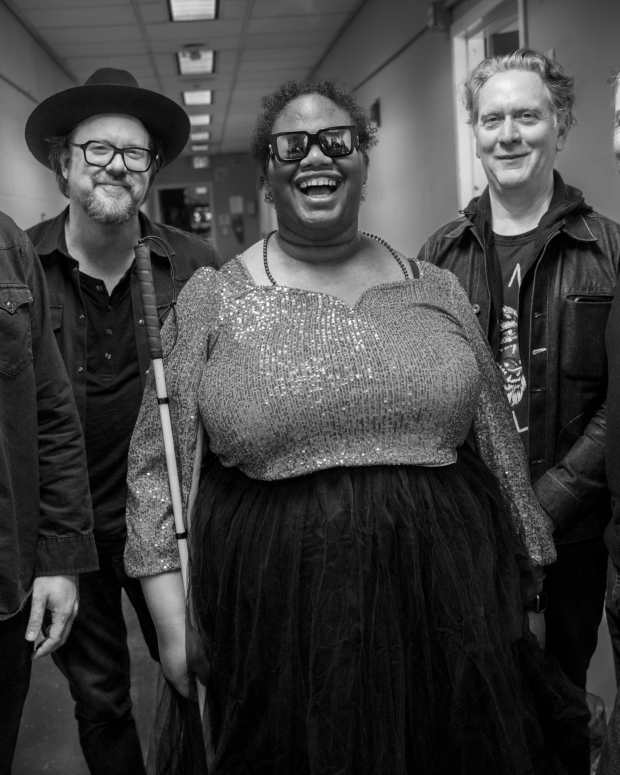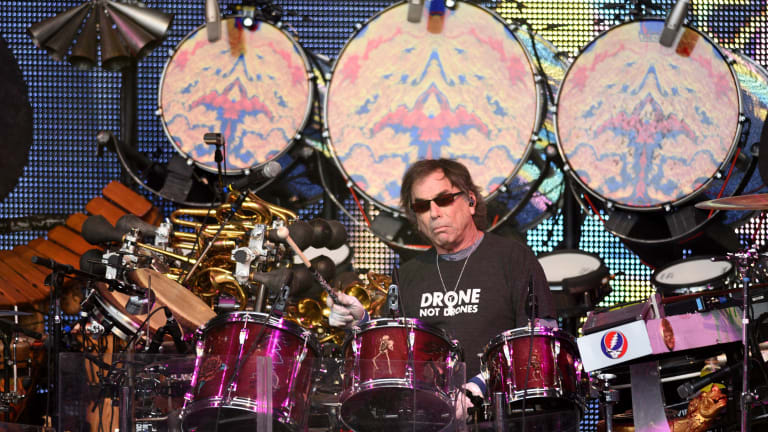
Drummer Mickey Hart on the healing powers of rhythm, defining "World Music" and more
Get Grateful Dead and Dead-related vinyl and collectibles in the Goldmine shop
By Ray Chelstowski
There are few artists in modern music that have more going on at any given moment than drummer for the Grateful Dead, Mickey Hart. Born to parents who were both drummers, he grew up in a household regularly filled with percussive sounds that were worldly and progressive. So, it’s no surprise that his relationship with the music of other lands and cultures would further blossom when he, too, became a professional musician. In the late 1960s, he began to slowly introduce the rock world to instruments and sounds that he’d discovered “in the field” from regions all over the globe. It began to change how bands approached percussion and, frankly, rock has never been the same. Any modern-day artist who incorporates world sounds in their music has Mickey Hart to thank for stretching the boundaries and blurring musical lines. He continues to do that to this day, most importantly being an advocate for all that music can do to change the world.
In 1991, with percussive virtuosos Zakir Hussain, Giovanni Hidalgo and Sikiru Adepoju, Hart released the first Planet Drum record. It topped the Billboard charts for 26 weeks and won the first-ever Grammy Award for “Best World Music Album.” They now have released the third installment in this series, In the Groove. The supergroup’s first album in 15 years, In the Groove finds them in top form with an even broader sense of creativity and daring. Here across six tracks is a terrific amount of sonic material to mine and explore.
Hart has long been tied to organizations like The Institute for Music And Neurological Function that continue to explore music’s healing powers. In the Groove is a record built with that specifically in mind. Released with the intent to build cultural unity at a time of heightened discord, at its core this remains a dance record, designed to get listeners moving. Like all things “Mickey Hart” this record accomplishes much; all at the same time.
The group’s newest video for “King Clave” is a great example of just that. It was created with Playing for Change and features the group playing with over 50 traditional drummers and dancers from around the globe. The clip has been seen by over 600,000 viewers, and has further amplified the record’s important mission.
Goldmine caught up again with Mickey and talked about the making of this record, the endless healing powers that continue to be discovered in music, and learned what’s next from this prolific artist whose energy and enthusiasm for life remains an inspiration for fans across the globe.
Goldmine: What prompted you to begin this Planet Drum project?
Mickey Hart: Well, one thing about the pandemic was that no one was touring. So I thought that this would be a great time to do this recording, whether in the studio or remote. The world is really out of rhythm right now. It’s out of time. It needs some rhythmic stimuli for people to be able to find joy through watching many cultures play together and show that they actually love each other. It sets a good example for a country that’s struggling with its issues. Rhythm brings things together in a very unique way, and hopefully what you’ll take from these rhythm experiences are good vibes that you can share with your family and friends.

Planet Drum (L-R): Giovanni Hidalgo, Zakir Hussain, Mickey Hart, and Sikiru Adepoju. Photo: Planet Drum PR
GM: Where did you record the new album and was it done in a studio or remotely?
MH: We did both. Sometimes we got together and others it was remote. We recorded in India, Puerto Rico, Paris and in America, remotely. Remote recording is different than working in a studio. There’s more adventure to it! Things could go wrong, but when it goes right you hit the bell. It keeps you on your toes. Technology is now available that keep things moving along without delay, which had been the curse of recording remotely; especially across continents. Also, remember that these players are prodigies. They aren’t pedestrian instrumentalists by any means. These guys are virtuosos. Zakir Hussain from India is the premiere rhythmist on the plant and a master of tabla. Giovanni Hidalgo is all things “Latin.” And of course, there’s Sikiru Adepoju from Nigeria.
GM: How did you begin to build these songs?
MH: It begins with a rhythm. There is a melody involved as well because all of the percussion is tuned. It’s not like normal percussion. This is a tuned orchestra. Melody, harmony and rhythm are the focus. Sometimes an idea will come to me in a dream and I’ll go into the studio and start it. Other times Zakir will start it and then we kind of pile on. And then sometimes we’re all together and someone just starts things off. It really does run the gamut. With virtuoso players you first have to cross your fingers because any one of them can hold your attention for over four hours by themselves. This was supposed to be a dance record and that meant it wasn’t really a place for virtuosos. So they all had to get into the groove and away we went.
GM: There are so many sonic components to be found in each of these songs. When do you know enough is enough?
MH: I’m asked that a lot because I’m a big time offender. It’s hard to tell when it’s done. Normally, Zakir has to tear me away from the board kicking and screaming. The same was true with Jerry (Garcia) and I. We kept playing with the recording till the end, and then beyond the end. It’s just hard to tell when you’re done. Sometimes you say “OK, that’s it. It’s perfect!” Then you ask yourself if it’s possible to make it more perfect than perfect. I have my own studio and so I don’t have to leave. I can stay there 24-7.
GM: Was there any instrument used on this record that made its way on tour with Dead & Company?
MH: Well the groove is supplied by The Beam, which is like a bass. That’s first. There are also certain sounds that my work station provides that allows me to pick new sounds every night; from opera singers to monkey chanters from Indonesia. I have come to know many of these cultures from around the world from recording in the field. So there’s a lot of material for me to choose from.
I try not to repeat. Every night is different. It keeps me interested and certainly keeps the fans interested. When I do Rhythm Devils and Dead & Company nothing’s really composed. Billy (Kreutzmann) and I always left that section open so that it could be improvised. From the very beginning we decided that we shouldn’t make this rhythm thing solid like concrete. We should let it form between us and the audience. Then we can better catch that night’s magic and the groove, the spaces and zones as we call them. Every night is a different zone.
GM: You have been involved with the “world music” scene since the late 1960s. Is there anything tugging at you ear right now that readers should tune into?
MH: When I was five, six or seven years old I used to listen to the rain forest music of the pygmies. But this isn’t “world music.” There’s no such thing. It’s “the world’s music. After I won the Grammy I called their president and said “thanks for the medal, but there is no such thing as world music!” and he just dropped the phone. (laughs) If you’re in the south, music from Appalachia is “world music.” It’s culturally and geographically specific. Music is species-defining and species-specific as well. I listen to all kinds of music. It excites me and makes my toes itch and my hair stand up. That’s the giveaway that I’ve found something. So, I go for thrills and I find it in the world’s music. Music is also about neurologic function, what the brain suggests the body does. It’s the master clock. The well-stretched ear is a good ear. When you listen to lots of music you become aware of the world.
GM: You’re always busy with a wide range of activities. What’s your next project?
MH: I’m right in the middle of it. I’m taking Planet Drum into what’s called “Dolby Atmos” which is a new listening experience. It’s kind of like Dolby 5.1 on steroids. It has speakers that sit above your head so you can get vertical movement. You can place objects in space, etc. This is the next forum that people will be listening to so I’m in the middle of that.
GM: At the end of the day, what do you hope to accomplish with this new Planet Drum release?
MH: I think people will be able to really enjoy this, dance to it and do some good with it. That’s the most important thing. After you’ve listened to the record take that feeling and go out and do some good with it. That’s what I call a successful musical experience. Always remember: “It’s the rhythm stupid!”



